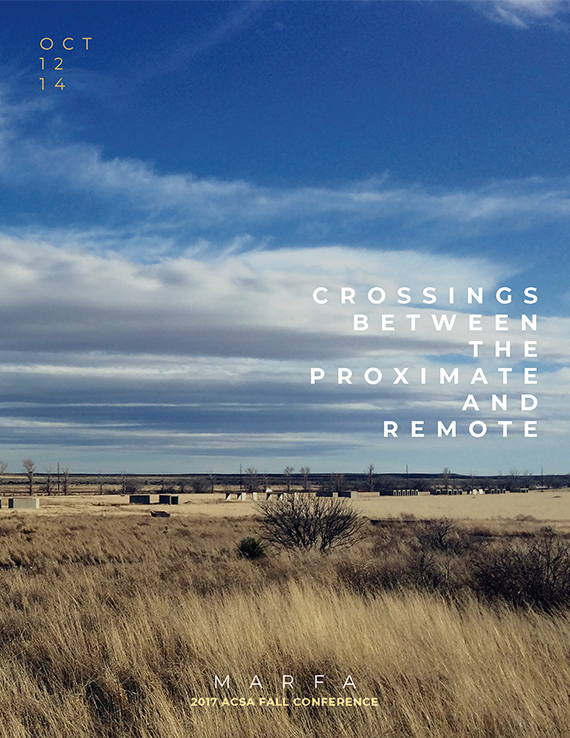Author(s): Peter Raab & Rafael Beneytez Duran
From the voyages of Vasco de Gama to the expeditionsof Sir Francis Drake, from the Mercator´sprojection of the World through the botanical explorationof Saint Bernardin de Saint Pierre, a desire toaccurately model the planet was shared by representingthe Earth. The discovery of the unknownsof the planet was entirely dependent on a discoveryof knowledge – positive sciences and the antipodalspirits of the “Big Narratives” of Modernity. Thisdesire compelled the discovers towards “the limitsof the probable” which elevated the knowledgeand its forms of representation. While the NationalSocieties of Geography conveyed an understandingof the World as being smaller than the Earth,endeavoring to better orient humans within theglobe. This understanding, has since inversed: Earthis smaller than the World. By being entirely remodeledby techniques: satellites, telecommunications,aerial photography, radars, drones, and the breadthof internet has deployed a new abysmal world interwovenwith a deep knowledge of the physicality ofthe Earth and its complex environments. This newnotion of geography is engaged through an activismthat is trying to represent the relationships that currentlyexist between all the traceable layers of theknowledge and its appropriated forms. This activismis the labor of a renewed artist called “topocritic”that borrows every system of representation of thedifferent disciplines in favor of showing this realitywithin its complexity – to reconnect the remotewith the proximate by showing the actual relationbetween different forms of the World, silos of knowledgeand systems of representation. The Ogallalaaquifer is the case study of this paper that concludeswith the “Atlas of Ogallala’s States”.
Volume Editors
Urs Peter Flueckiger & Victoria McReynolds
ISBN
978-1-944214-16-6

 Study Architecture
Study Architecture  ProPEL
ProPEL 
